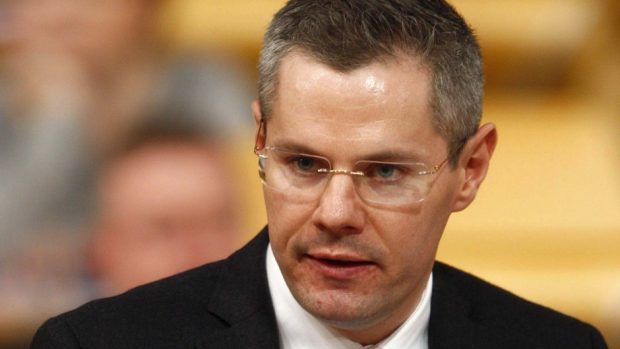North and north-east businesses have raised objections with the Scottish Government over its controversial tourist tax plans and claimed they will damage the economy and discourage visitors.
A host of organisations have contacted ministers to argue that a levy would impose an extra unwanted burden on a tourism sector which is already struggling with high business rates, high VAT and Brexit.
Trade bodies, hoteliers and tourism operators made their points in the Scottish Government’s national discussion on the issue, launched after Finance Secretary Derek Mackay’s proposal to give councils the ability to raise the tax.
Highland Council is exploring its introduction with some suggesting a £1-a-night bed levy. Aberdeen City Council has been considering the proposal since 2015.
The Kingsmills Hotel, Inverness, wrote to Nicola Sturgeon pointing out its annual rates bill had gone up by £200,000. The owners claimed that tourists may appear to be a “soft target”, but the risks of the levy outweighed the benefits.
A summary of a round table discussion in Aberdeen with Public Finance Minister Kate Forbes reported tourism representatives arguing a levy would affect competitiveness and put their ability to invest at risk.
>> Keep up to date with the latest news with The P&J newsletter
Heightened fears that the tax would reduce profitability were raised at a similar meeting in Inverness, which was also attended by Moray tourism chiefs.
The Cairngorm Business Partnership wrote to ministers saying its visitors were “some of the most heavily taxed in the world.”
It stated: “To add to that burden would significantly impact the competitiveness of Scotland and the Cairngorms National Park”.
The Inverness Hotel Association said it was “strongly against” a tourism tax arguing the 20% VAT on the sector was double that of Ireland.
Inverness Chamber of Commerce asserted there was a danger of “killing the goose”, adding that the “unwelcome” tax would come on top of “unprecedented” Brexit-related challenges in recruiting staff.
Outer Hebrides Tourism said the tax would add to the “cost challenge” of reaching remote parts of Scotland.
And Personalised Orkney Tours insisted the levy would be “the straw that breaks the camel’s back”, saying it already “cost a fortune” to travel to the Northern Isles.
The Shetland Tourism Association backed that up by contending that the move would “penalise” holiday makers and put an “unacceptable barrier” in the way of tourism.
Tourism Secretary Fiona Hyslop admitted there were “a number of important issues and complexities in the debate about a tourist tax”.
But she added: “The Scottish Government will continue to work with industry and local authority partners to ensure any proposals benefit our tourism sector.”










